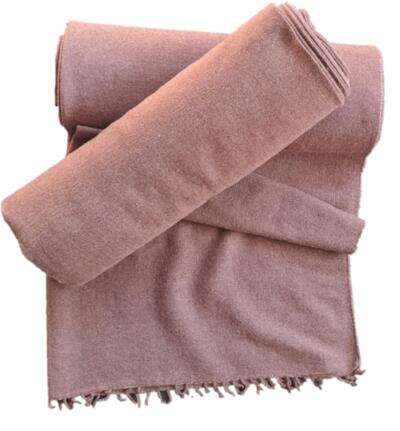
fabrics logo
In the dynamic world of branding and design, logos serve as powerful visual representations of a brand’s identity. When it comes to the textile and fashion industry, the use of fabrics in logos adds a unique and meaningful dimension to the visual storytelling. This article explores the art of integrating fabrics into logos, unraveling the significance, creative approaches, and the impact of these textile-inspired designs.
Significance of Fabrics in Logos:fabrics logo
Logos are not merely symbols; they are a brand’s first impression, a visual narrative that communicates values, identity, and style. Incorporating fabrics into logos for textile and fashion brands holds particular significance. Fabrics symbolize the very essence of the industry—craftsmanship, texture, and the art of creation. Whether it’s the smooth elegance of silk or the comforting familiarity of cotton, fabrics convey a brand’s commitment to quality, aesthetics, and the tactile experience of their products.
Creative Approaches to Fabric-Inspired Logos:fabrics logo
- Textured Typography: Infusing fabric textures into typography can create a distinctive visual appeal. The letters can mimic the feel of different fabrics, adding a tactile element to the logo. This approach is especially effective for brands that prioritize touch and feel in their products.
- Threadwork Details: Logos can incorporate threadwork details to evoke the art of embroidery or stitching. This not only communicates the brand’s association with craftsmanship but also adds an element of intricacy to the design.
- Layered Fabrics: Using layers to simulate the appearance of stacked or overlapping fabrics can add depth and dimension to a logo. This technique is versatile and can be adapted to convey different fabric types or design aesthetics.
- Subtle Textile Patterns: Integrating subtle textile patterns within the logo design can create a sense of continuity with the brand’s products. This could include herringbone, paisley, or other iconic fabric patterns that resonate with the brand’s identity.
- Fabric-inspired Color Palette: The color palette chosen for the logo can be directly inspired by the hues commonly associated with certain fabrics. Rich, deep tones may evoke the luxury of velvet, while pastel shades could convey the lightness of cotton or linen.
Impact on Brand Perception:fabrics logo
A well-crafted fabric-inspired logo can significantly impact how a brand is perceived:
- Craftsmanship and Quality: Logos featuring fabric elements convey a commitment to craftsmanship and quality. This is particularly important in the textile and fashion industry where the tactile experience and attention to detail matter.
- Visual Appeal: The incorporation of fabrics enhances the visual appeal of the logo. It makes the design more relatable to the products it represents, creating a cohesive and harmonious brand identity.
- Brand Storytelling: Fabrics in logos tell a story—a story of the brand’s heritage, values, and the materials they work with. This narrative resonates with consumers who appreciate authenticity and transparency in the brands they choose.
- Versatility: Fabric-inspired logos offer versatility in design. They can be adapted to various applications, from clothing labels to marketing collateral, providing a consistent and recognizable brand image.
Examples of Fabric-Inspired Logos:fabrics logo
- Burberry: The iconic Burberry logo features the equestrian knight and the distinctive beige, black, and red plaid pattern, evoking the brand’s British heritage and luxury craftsmanship.
- Chanel: The interlocking C’s of the Chanel logo are often associated with quilted fabrics, paying homage to the brand’s history of using quilted materials in its iconic handbags.
- Ralph Lauren: The Ralph Lauren logo often incorporates an embroidered polo player, emphasizing the brand’s association with classic, high-quality fabrics.
Conclusion:
In the competitive landscape of the textile and fashion industry, a well-designed logo can set a brand apart. Fabrics in logos not only add a touch of sophistication and craftsmanship but also connect with consumers on a sensory level. The artful integration of textiles into logo design is a testament to the brand’s dedication to its craft, creating a visual identity that resonates with authenticity and style. As brands continue to weave their stories through logos, fabrics play a vital role in shaping the narrative of identity, quality, and the enduring allure of textile artistry.
lMVFSxdg
CGwVhZPinlqBucoY